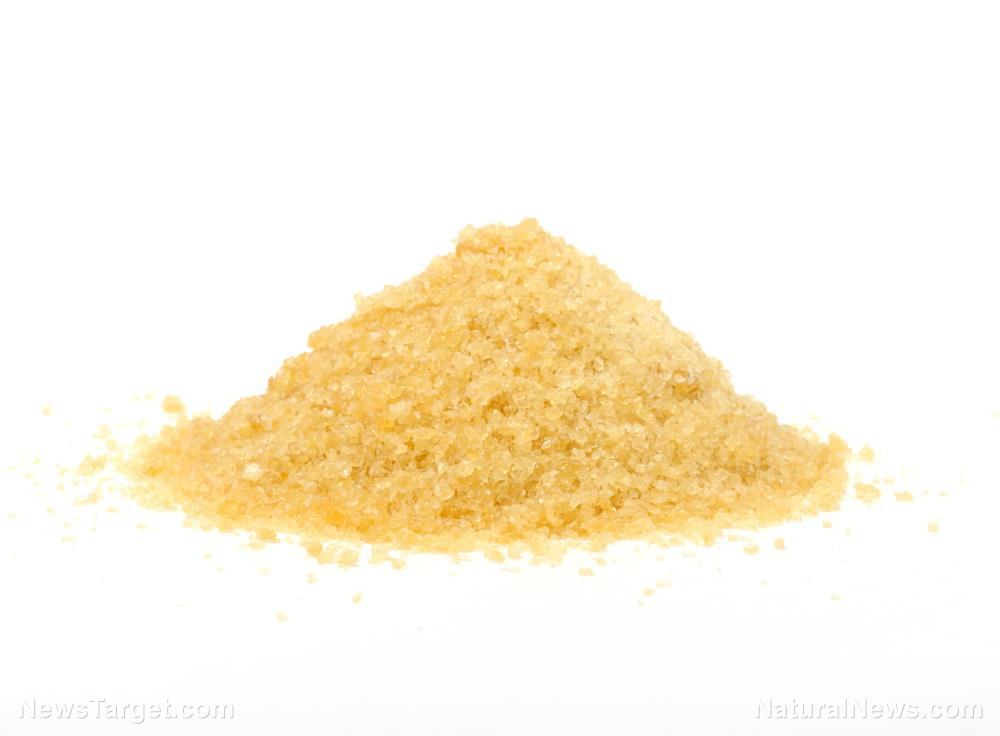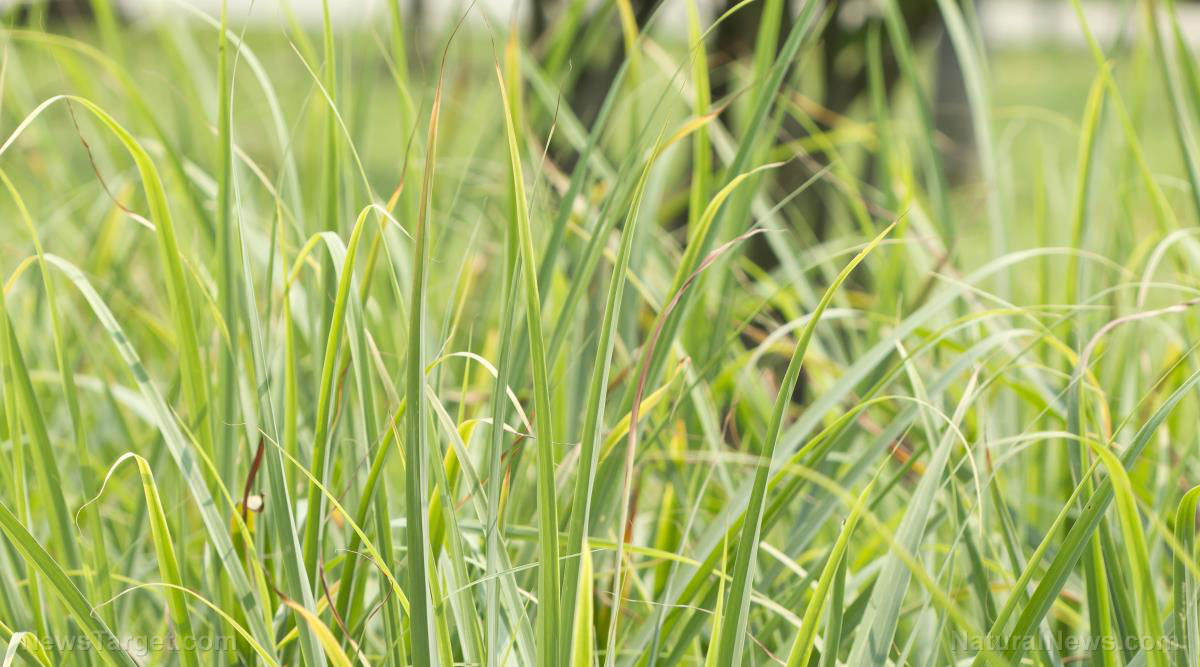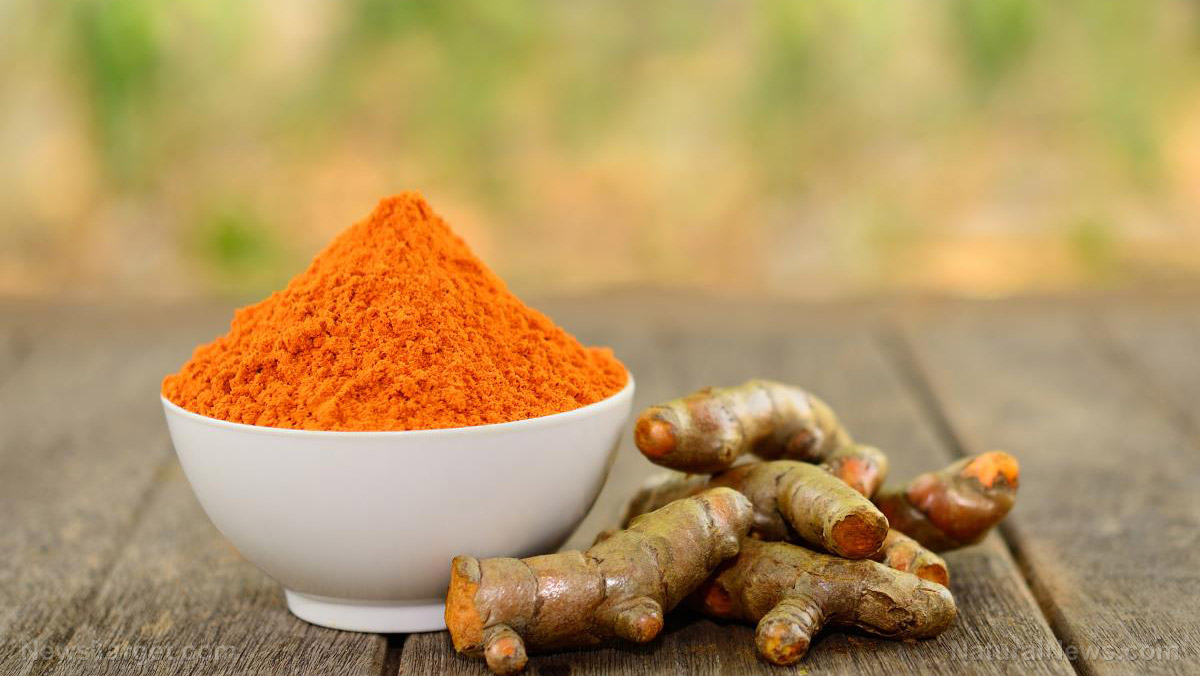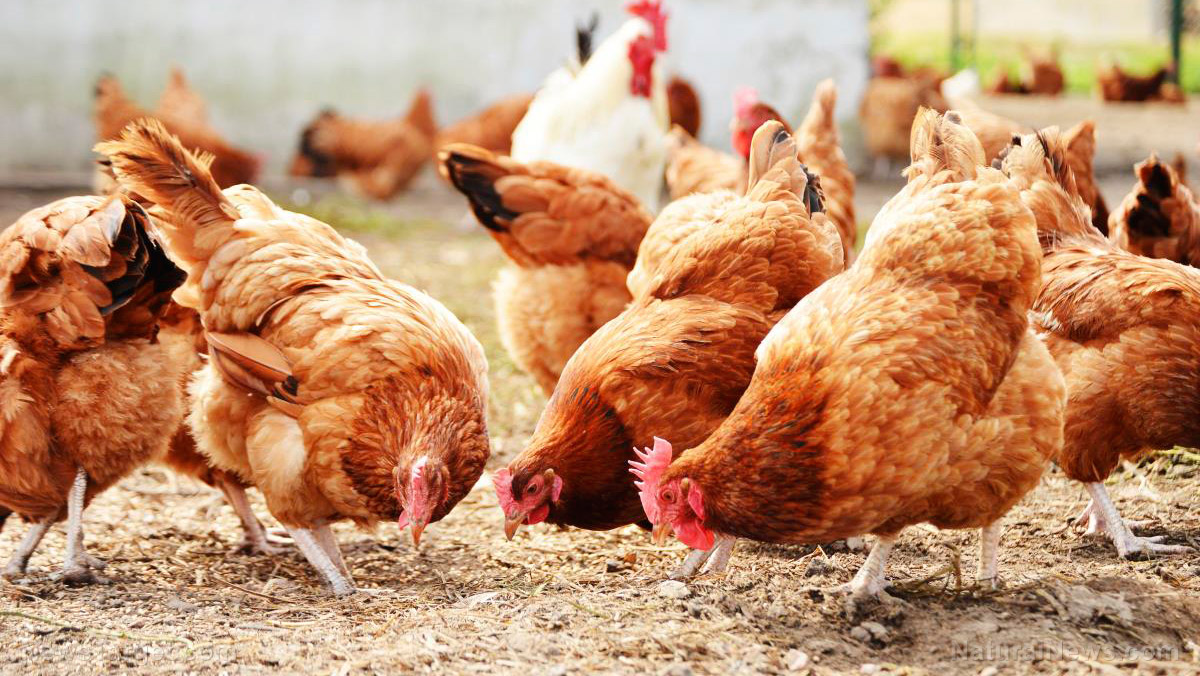Sea cucumber is a potent anti-inflammatory superfood
11/27/2018 / By RJ Jhonson

Sea cucumbers (specifically, Isostichopus badionotus) are interesting creatures. Used extensively as food and as an ingredient in traditional medicine in East Asia, these unusual sea animals contain bioactive compounds that have many potential health benefits. A study published in the journal PharmaNutrition examined the anti-inflammatory activity of these compounds and their potential use as a treatment for inflammation-related diseases.
The bioactive components of sea cucumbers tend to vary in concentration and effects depending on the species and their growth conditions. The researchers investigated the effects on human health of sea cucumbers harvested specifically from the Yucatan coast.
After harvest, the body walls were separated from the rest of the animals’ body parts. The body walls were then freeze-dried, ground into powder, and used to obtain sea cucumber extracts. These extracts were tested using a hen’s egg test-chorioallantoic membrane (HET-CAM) assay, a rat feeding trial, and a mouse ear inflammation test. Apart from confirming the presence of anti-inflammatory activity, these three methods are also used to determine a substance’s safety and its potential as an irritant.
All of the assays showed strong anti-inflammatory activity in the sea cucumber extracts. These extracts were found to not only suppress the expression of pro-inflammatory genes and disrupt the effects of inflammation on bodily tissues, but they also enhanced the expression of anti-inflammatory genes. Because of their findings, the researchers confirmed that sea cucumbers from the Yucatan Peninsula have strong anti-inflammatory capacity.
The lowdown on inflammation
A lot of studies on diseases in recent years point to inflammation as either a cause or risk factor. In particular, it is linked to an increased risk of cardiovascular disease, diabetes, cancer, and depression, among others.
Inflammation is not always a bad thing. Although painful, it is part of the body’s immune response, an indication that the body is either fighting pathogens, repairing damage, or both. It is also short-lived and goes away after the disease or injury that caused it has passed or healed.
Inflammation becomes a problem when it lasts longer than it should or when it persists even after its cause has gone. This type of inflammation, called chronic inflammation, means the immune response to a disease or injury persists, but in the absence of pathogens, the immune system is attacking the body’s healthy, normal cells instead. Chronic inflammation does not express obvious symptoms, which is why it is dubbed as “the silent killer.”
Anti-inflammatory substances, such as the compounds found in sea cucumbers from the Yucatan coast, help control the inflammatory response, minimizing its effect on the body’s healthy cells and its ability to cause diseases.
Fast facts about sea cucumbers
Despite what their name implies, sea cucumbers are not vegetables. They are animals – and a truly fascinating one at that. Here are some facts you need to know about them:
- Sea cucumbers are found in all parts of the world.
- They are echinoderms, just like sea urchins, starfishes, sea stars, and sand dollars.
- Their diet mainly consists of plankton, algae, and decaying matter. They feed using tentacles found around their mouths.
- Like starfishes, sea cucumbers have tube feet. They move by pushing water into these tiny feet through special canals in their body. A single animal can have around 2,000 of these feet.
- Sea cucumbers release a sticky substance, which they use to stick to surfaces, through their feet. When they need to move, they release a different substance that breaks this bond apart.
- These animals do not have what is conventionally defined as a brain. Rather, they have nerves that allow them to receive information through their skin. Their tube feet may also allow them to perceive light and possibly “see.”
- Although sea cucumbers are usually either male or female, some individuals change their sex during their lifetime.
- On land, some small lizards cut off their tails to escape from potential predators. Sea cucumbers follow the same strategy, but with a gruesome twist – they throw up their internal organs, including their gonads, digestive system, and respiratory organs. These body parts eventually regrow.
- Some species of pearlfish use the anus of sea cucumbers as a hiding place from predators. The fish then use the sea cucumbers’ waste as their source of food.
Learn of more natural treatments for inflammatory diseases at Cures.news.
Sources include:
Tagged Under: alternative medicine, anti-inflammatory, echinoderms, food as medicine, food cures, Isostichopus badionotus, marine animals, natural cures, natural medicine, Sea cucumber, Yucatan




















